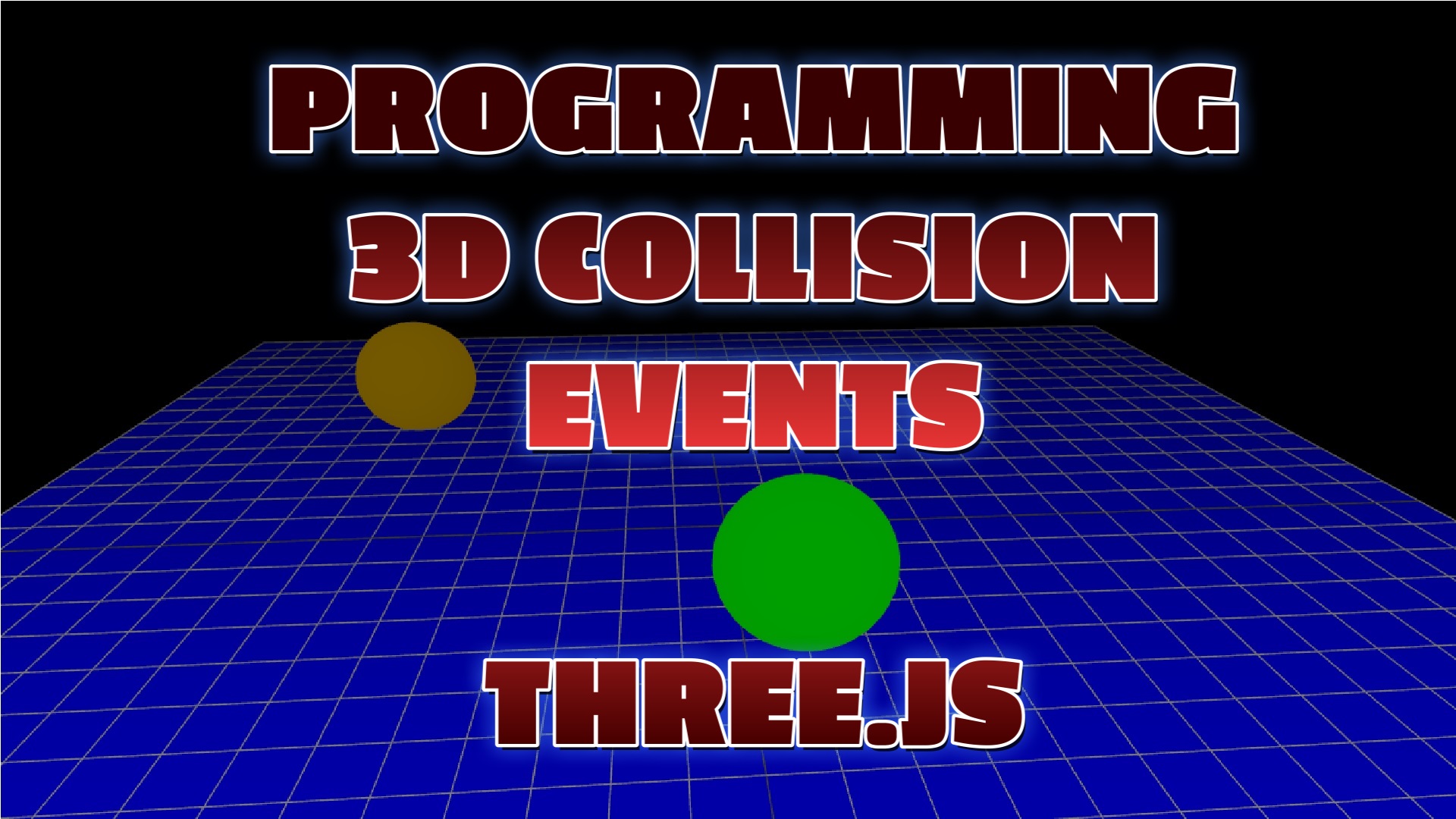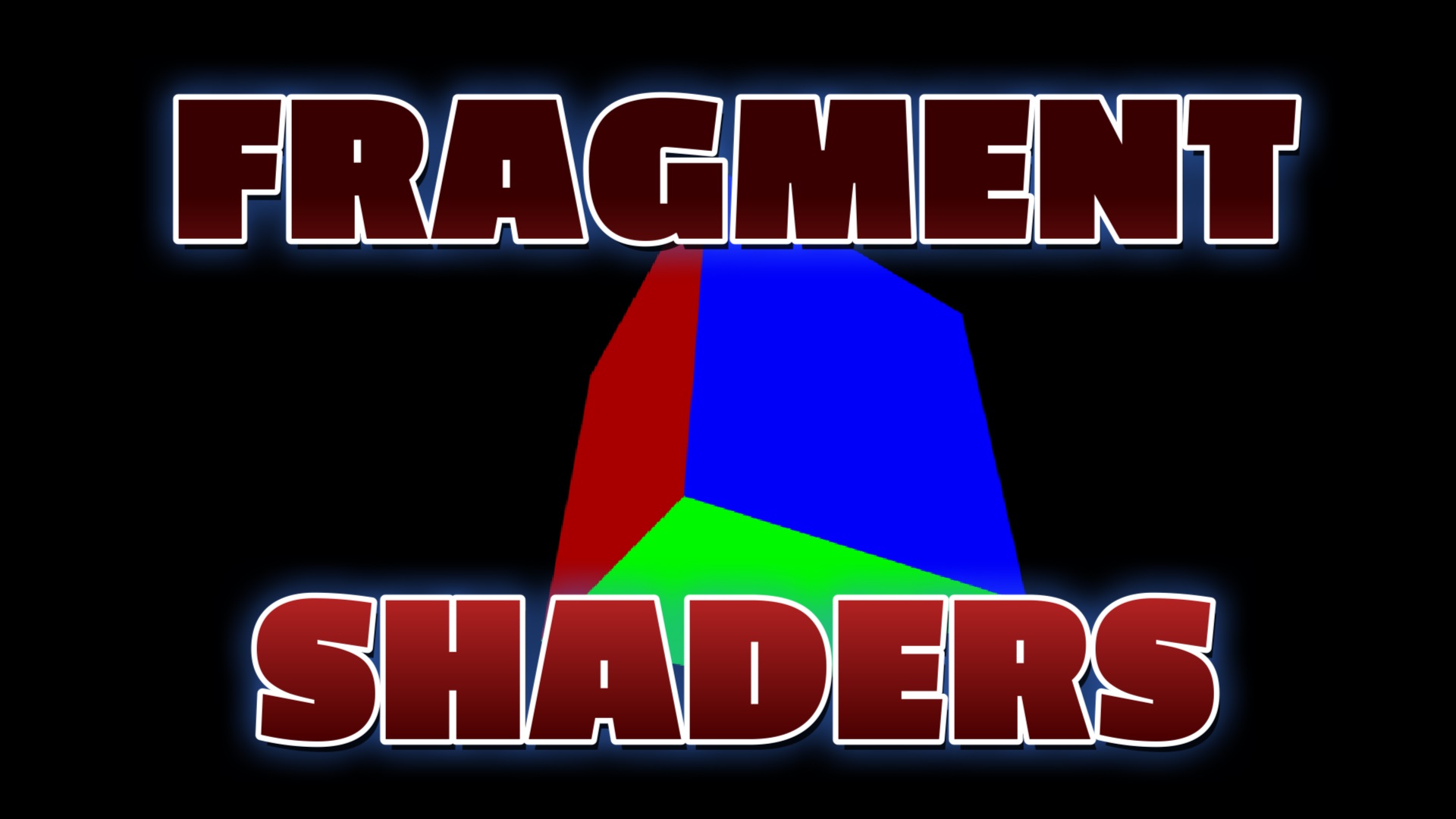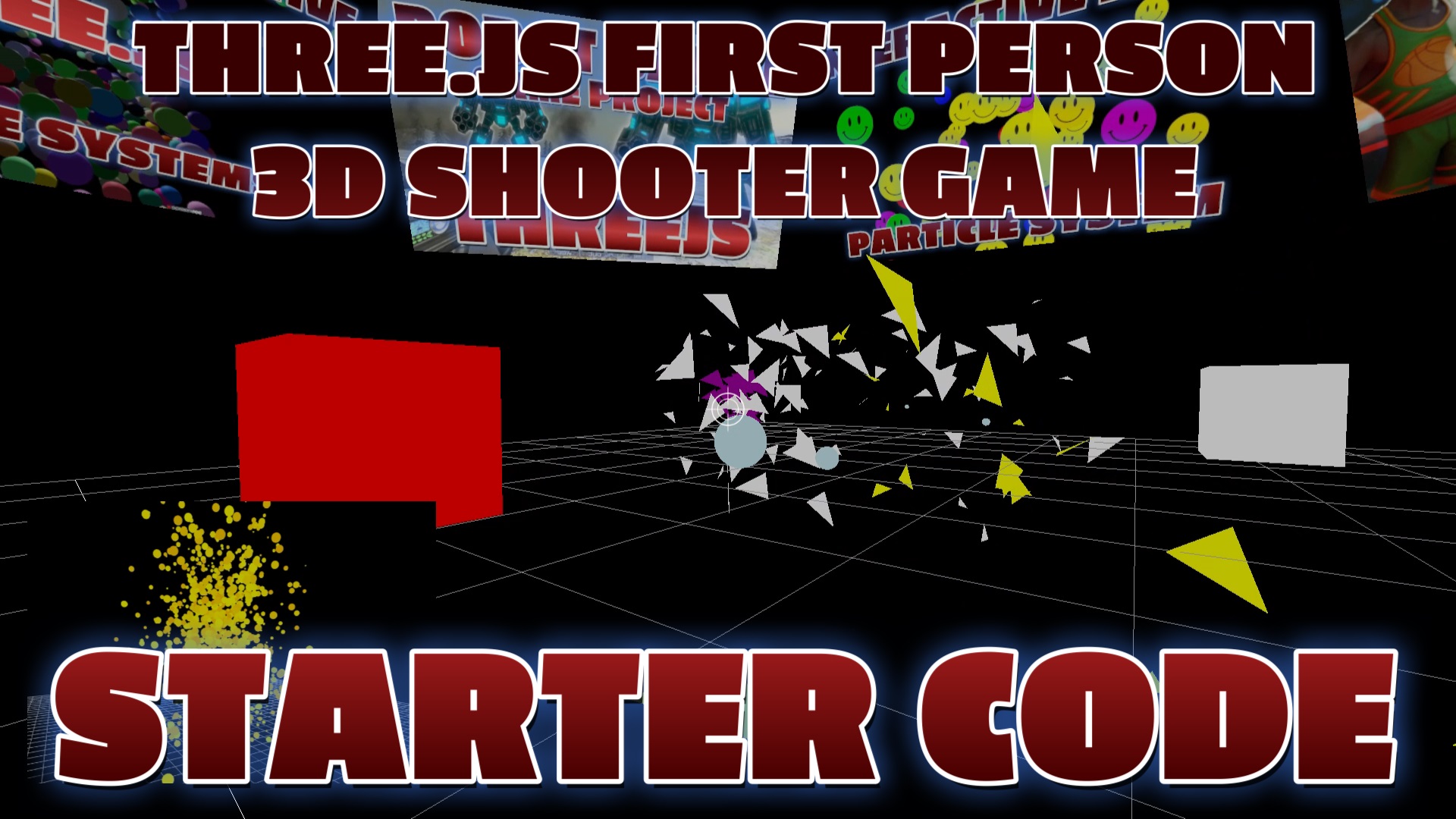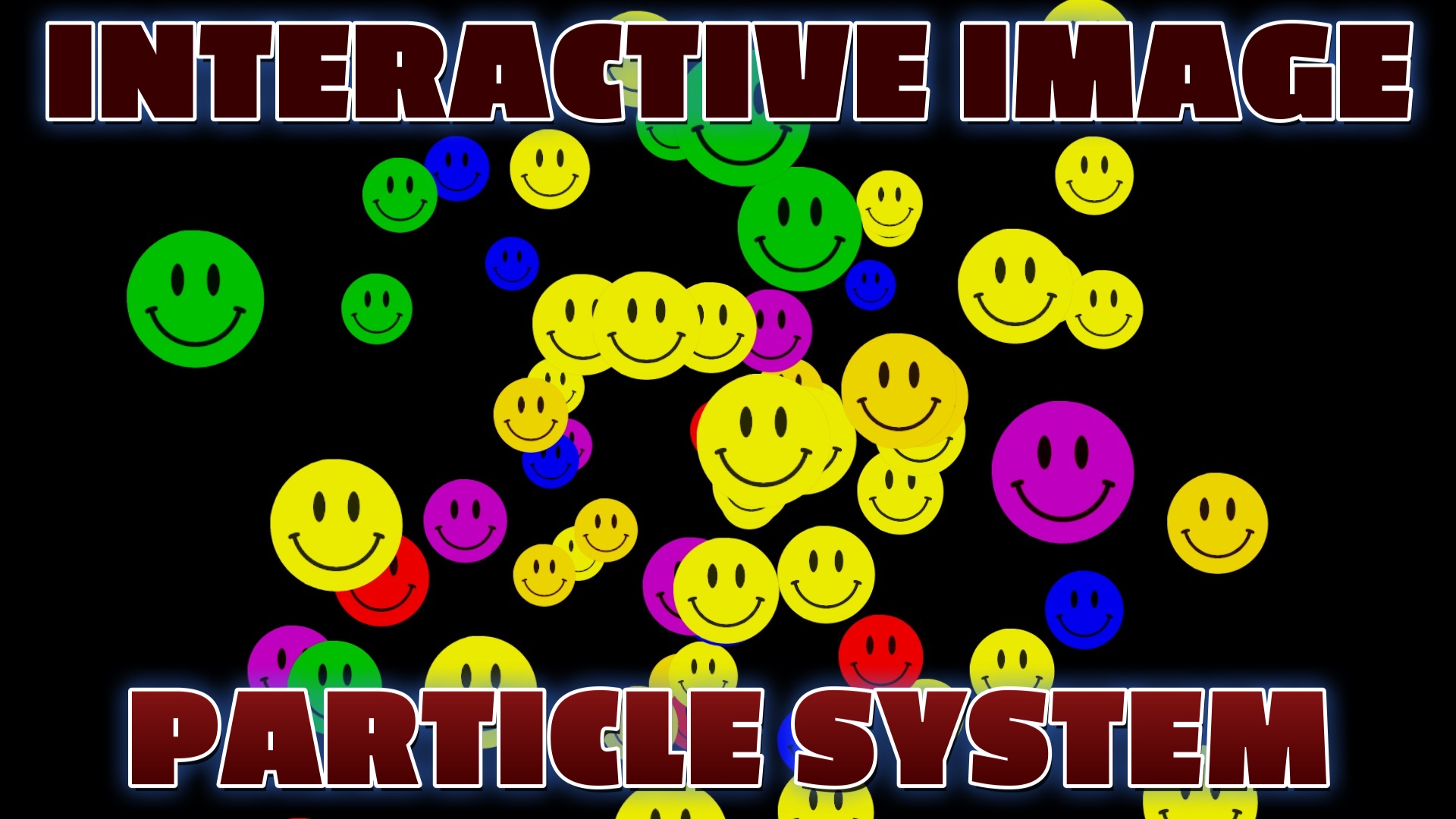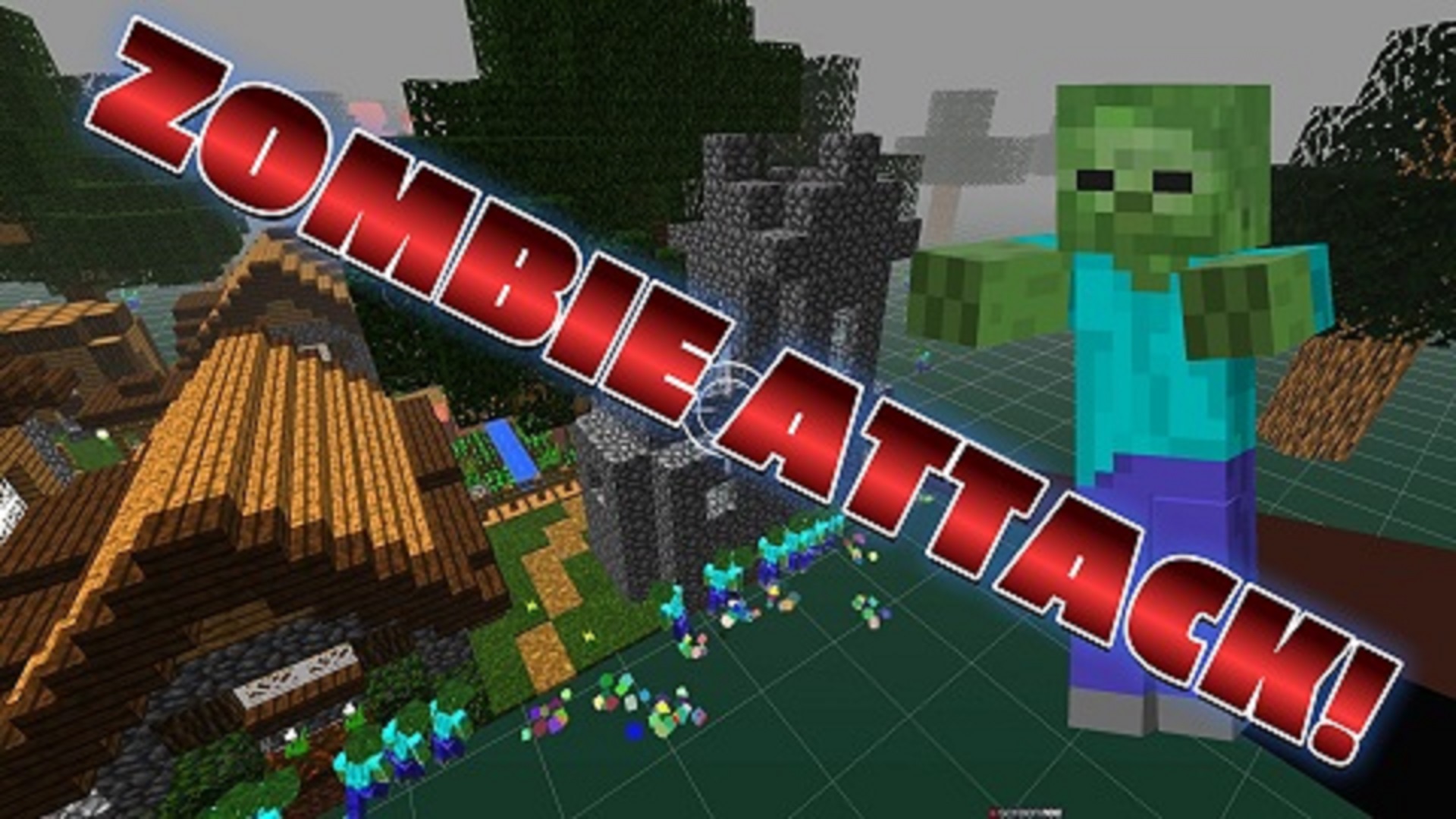Enhancing Websites With 3d Three.js Water Effects
The Power of 3D Water Shader Effects
The use of 3D water shader effects can greatly enhance the visual appeal and immersive experience of a website. By implementing realistic water simulations, developers can create stunning and engaging environments that leave a lasting impression on visitors. Through the integration of 3D water shader effects, websites can portray various water bodies, such as lakes, oceans, or rivers, with a high level of fidelity. The shader effects can accurately replicate the behavior of water surfaces, including reflections, refractions, and dynamic wave animations, adding a sense of realism and depth to the virtual environment.
More Tutorials and Example Code
Customization and Interactivity
The customization options available with 3D water shader effects allow developers to tailor the appearance of the water to fit the desired aesthetic. They can adjust properties such as color, transparency, and distortion to create the perfect water effect that complements the overall design and theme of the website. The inclusion of 3D water shader effects also provides opportunities for interactivity. Users can interact with the water surface, such as causing ripples or waves with mouse movements or touch gestures. This interaction fosters engagement and a sense of immersion, making the website more captivating and memorable.
Elevating Visuals with Combinations
Furthermore, combining 3D water shader effects with other visual elements, such as skyboxes, appropriate lighting, and post-processing effects, can elevate the overall quality of the website's visuals. These additional features enhance the realism of the water effect and contribute to a more immersive experience for the visitors. When utilized effectively, 3D water shader effects can be particularly beneficial for websites related to tourism, travel, gaming, or any industry that seeks to convey a natural or aquatic theme. They can create visually stunning landscapes, showcase architectural designs near bodies of water, or provide a realistic underwater experience, attracting and retaining the attention of visitors.
Implementing 3D Water Shader Effects
Implementing 3D water shader effects requires a solid understanding of computer graphics and shader programming. Developers need to consider factors such as performance optimization and compatibility across different devices and browsers. It's important to strike a balance between visual fidelity and performance to ensure smooth rendering and a seamless user experience. Various libraries and frameworks, such as Three.js, Babylon.js, or Unity, offer built-in tools and functionalities for implementing 3D water shader effects. These tools simplify the development process and provide ready-to-use shaders and materials for creating realistic water surfaces.
3D Water Shader Effects in Games
In the context of 3D games, the use of water shader effects is even more prevalent. Games set in aquatic environments, such as underwater exploration or naval simulations, heavily rely on realistic water rendering to create an immersive and believable experience. The dynamic nature of water, including its interaction with objects and physics simulation, adds a layer of complexity to the implementation.
3D water shader effects enable game developers to create visually stunning water surfaces that react realistically to player actions, weather conditions, and physical forces. These effects can range from simple ripples caused by character movement to complex simulations of ocean waves or splashing water particles. The ability to render water in real-time with high-quality visuals enhances the overall game atmosphere and contributes to the sense of realism and immersion.
Three.js Programming Books
Game Engines and Tools
Game engines, such as Unreal Engine or Unity, provide robust tools and frameworks for implementing water shader effects. They offer a wide range of built-in shaders, effects, and simulation components specifically designed for creating realistic water surfaces. These tools empower game developers to focus on the creative aspects of designing water-based game mechanics and visuals, without having to build everything from scratch.
In Conclusion
In conclusion, the integration of 3D water shader effects in websites and games can have a profound impact on the visual appeal and user experience. Realistic water simulations add depth, realism, and interactivity to virtual environments, making them more captivating and engaging. Whether used in websites to create visually stunning landscapes or in games to immerse players in aquatic adventures, 3D water shader effects offer endless possibilities for creating memorable and visually impressive digital experiences.
Recent Blog Posts & Updates
- Date - - Threejs
- Date - - Using Threejs To Develop Online 3D Browser Games
- Date - - Using Threejs Pointer Lock Controls For Online 3D Games
- Date - - The Advantages Of Creating 3D Interactive Menus And Websites Using Threejs
- Date - - Threejs Examples Exploring Interactive Visual Particle Systems
- Subscribe To My RSS Feed For Live Updates
- More Examples and Tutorials
